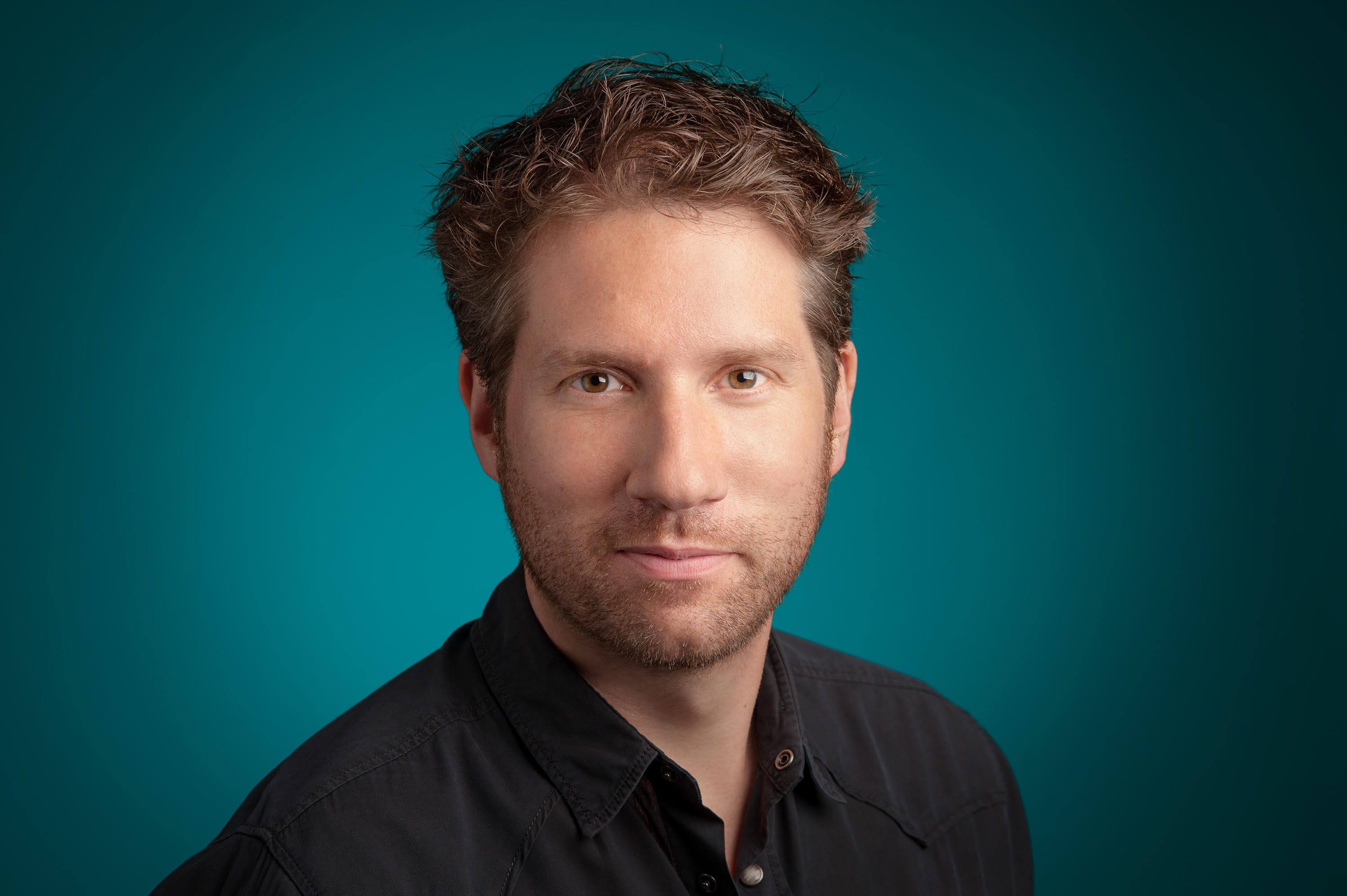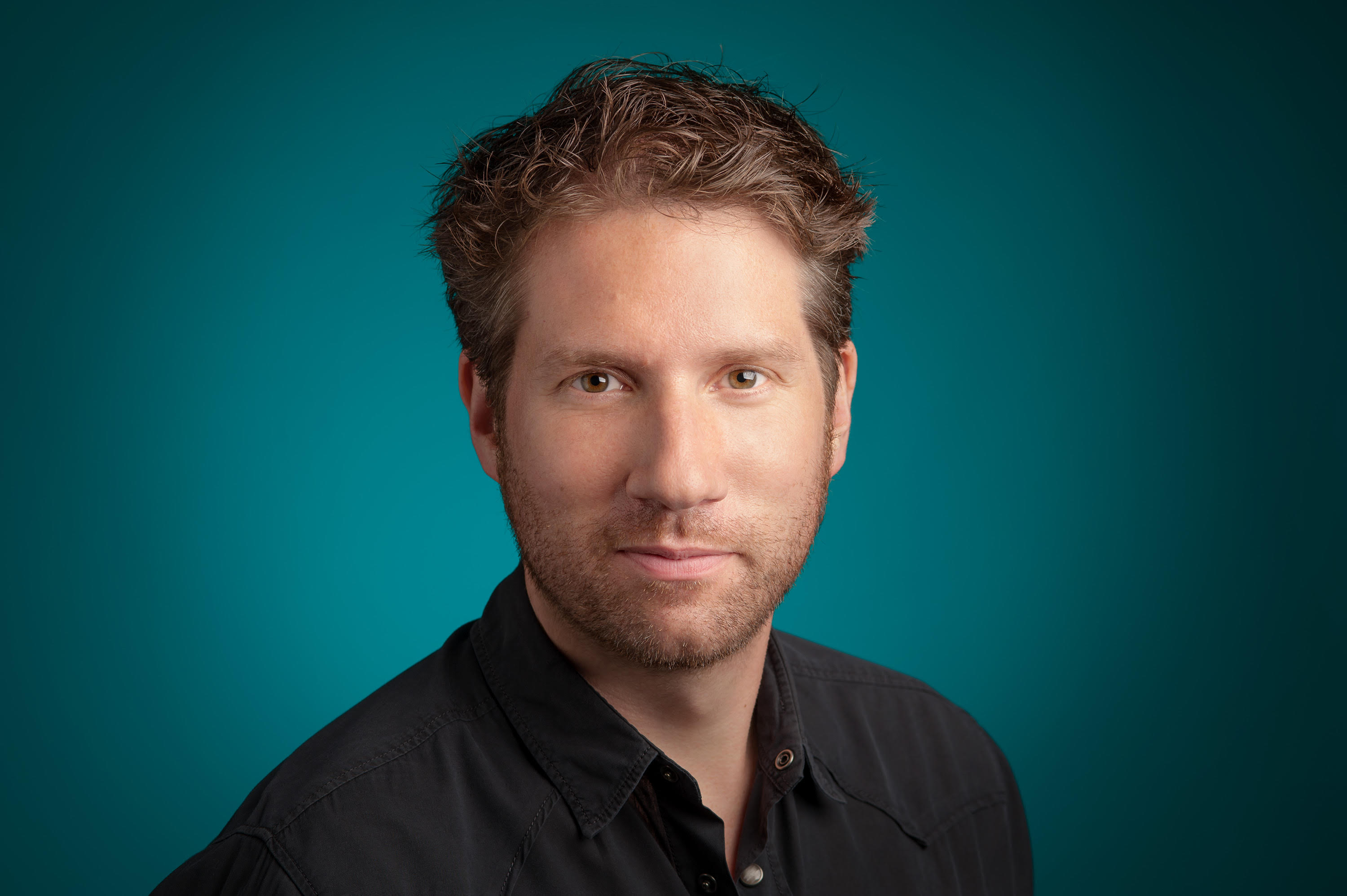Google's Christian Plagemann On Photography's Future
The Google VR engineer on picturing the future


We spoke to the VR engineer about what's next
Photography will continue to become more mobile, more spontaneous and more computational. For consumer photography in 20 years, I can imagine that you will be able to instantly capture any moment, event or scene in a way that lets you later replay it in a truly realistic way — you will not be able to tell the difference between reality and recording.
But that is a long time out, for now we've got to work on making it real. One aspect that will most likely never change is the artistic side of the process. What is the story you want to tell? How do you tell it? Where do you want the attention to be and how do you achieve that?
Virtual reality will not replace photography, just like video did not replace photography. Video added a new dimension to it and allowed certain aspects of the world to be captured and communicated better: change, motion, time, etc. In a similar way, virtual reality will add another new dimension and give the creator more freedom of expression. It’s a new medium that augments the existing ones rather than replacing them."
Christian Plagemann is a research scientist for physical interaction research at Google VR. His team was involved in developing Google Cardboard, an immersive viewing technology that allows users to experience 360° video and sound using nothing more then their smartphone, free software, a pair of headphones and a cheap, fold-out mount.
The design has won numerous accolades since its release, including a Grand Prix in Cannes. So far you can watch a heart-wrenching music video by celebrated singer Björk and a range of experimental works by filmmaker Chris Milk, among other projects. Plagemann recently spoke at EyeEm Photography Festival about revolutionising photography, technology and visual communication. He says looks forward to a lot more inspiring content being released in the near future.



Discussion